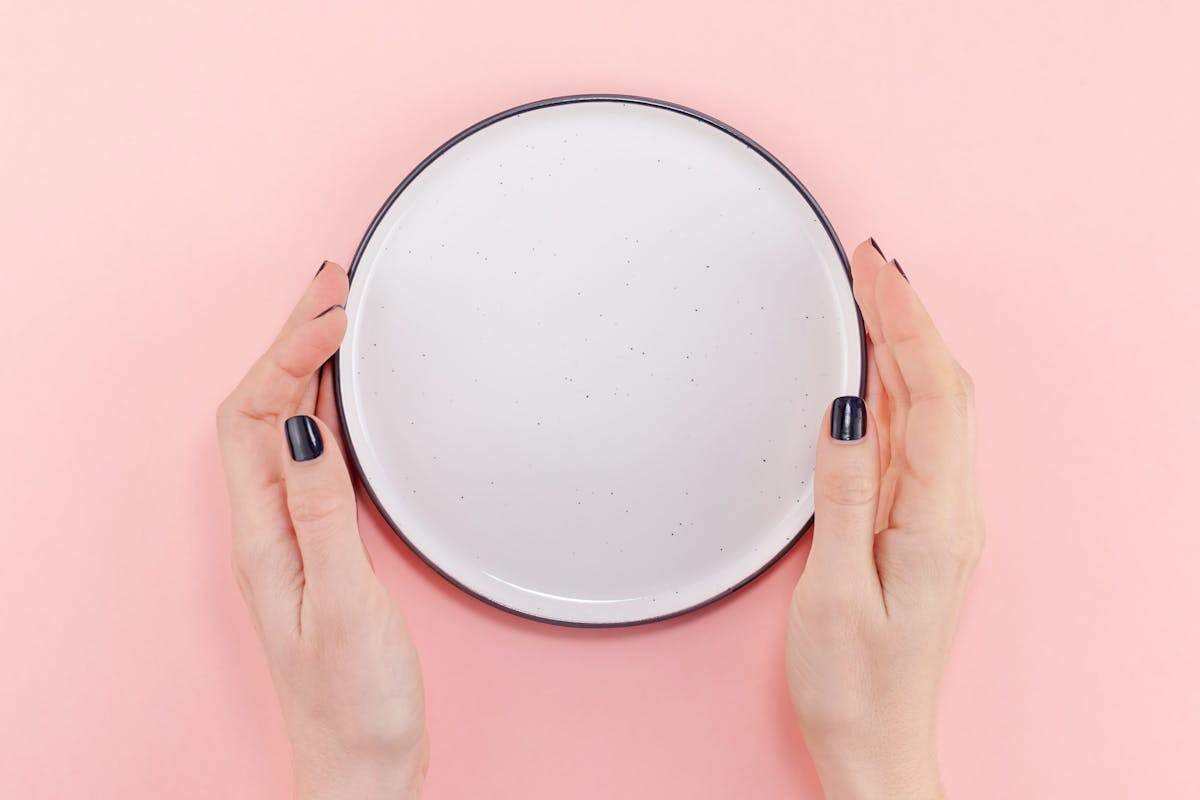Thanks to the popularity of high fat, low-carb diets like the ketogenic way of eating, intermittent fasting is all the rage. But what does it actually mean?
In general, intermittent fasting refers to cycling between a period of fasting (or avoiding all food and caloric drinks) and eating as usual throughout a defined schedule. For some people, this means fasting on alternate days. For others, this means dividing the day into a fasting period and an “eating window” (e.g., eating only from noon to 6 p.m.), also known as time-restricted eating.
Research on intermittent fasting shows promise for a number of positive benefits, especially when it comes to the prevention and improvement of diabetes, obesity, cardiovascular diseases, and markers for aging. With rates of diabetes on the rise, research is particularly interested in the big impact fasting appears to make on blood sugar regulation.
However, some surprising differences between intermittent fasting for men and women have been noticed. Keep scrolling to learn the facts and get tips on intermittent fasting for women.


